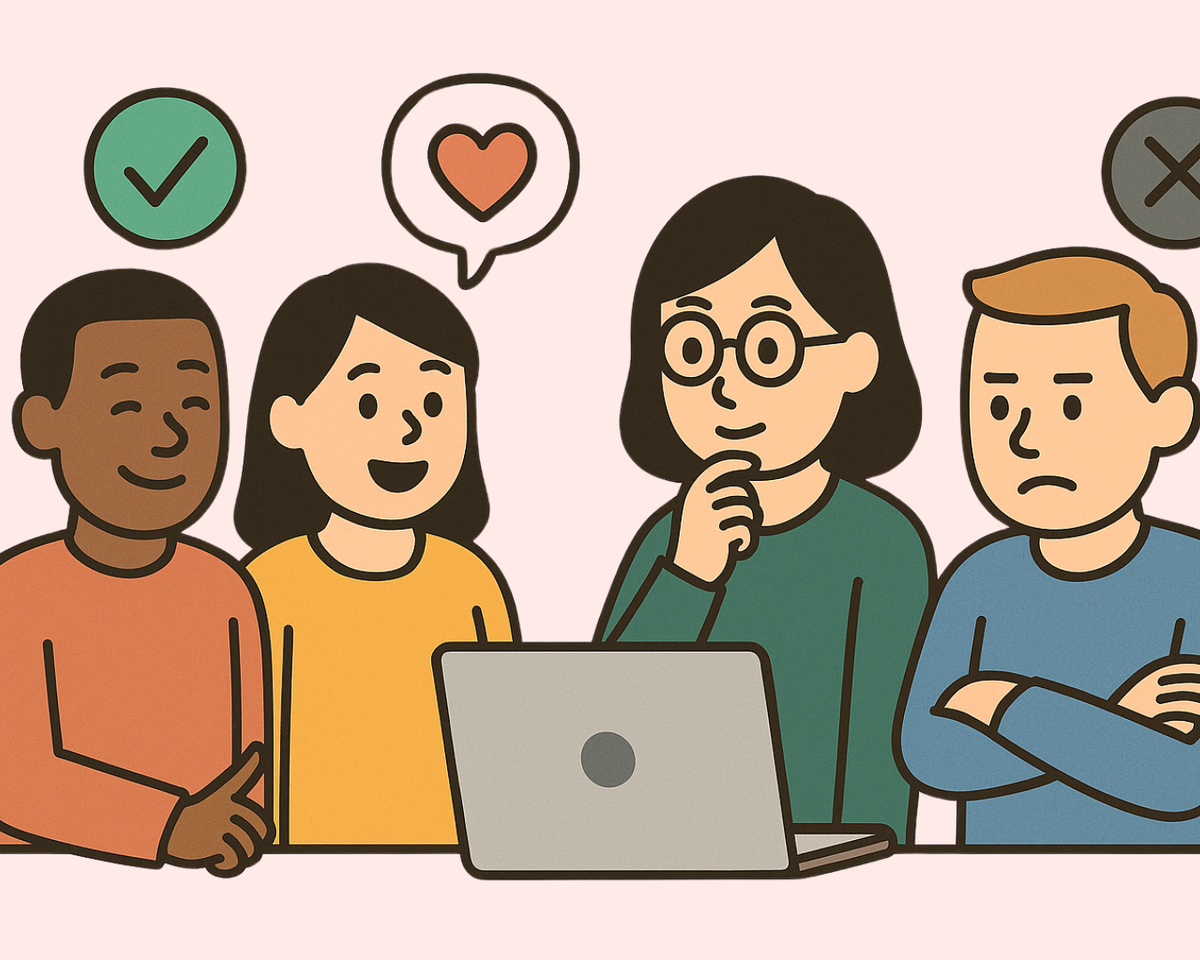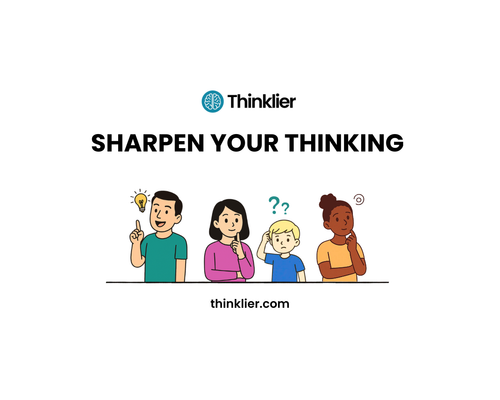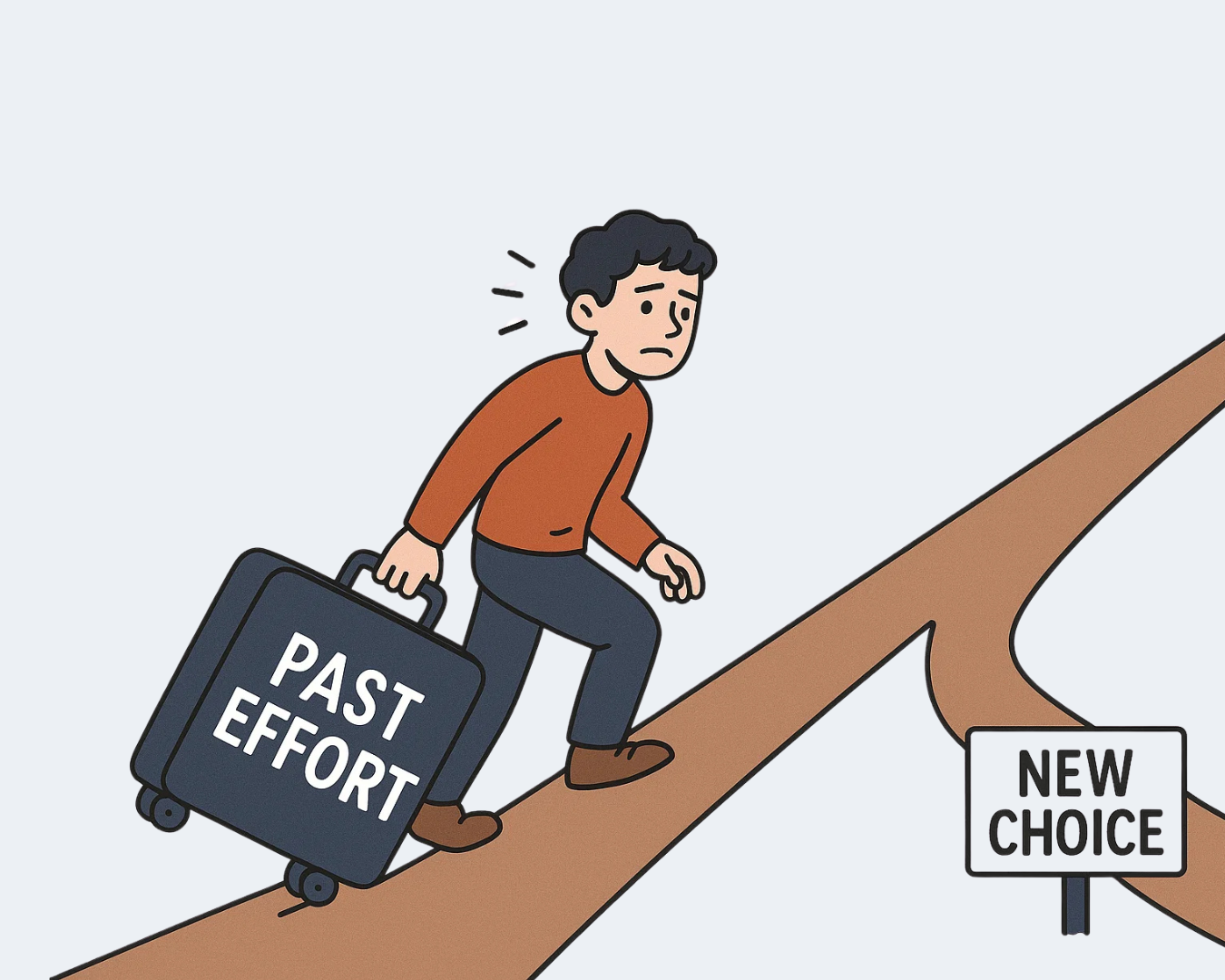There’s a certain nobility in persistence. The athlete who trains through pain. The friend who stays when things get hard. The lover who forgives.
But somewhere between virtue and vanity lies a trap we rarely see until we’re neck-deep in it: the sunk cost fallacy.
We keep going — not because it makes sense, but because we’ve already come this far.
What is the sunk cost fallacy?
The sunk cost fallacy is the tendency to continue with something — a job, project, relationship — simply because we've already invested time, money, or effort into it, even when it's no longer serving us.
In theory, past investment shouldn’t matter. It’s gone. What matters is what happens next. But we don’t think that way. We don’t want to waste what we've already given — so we give even more.
Why we fall for it
We’re not rational creatures. We’re narrative ones. We don’t just make decisions — we defend them. The more we've sacrificed, the harder we fight to prove it was worth it.
This is why people stay in jobs they dread, or stick with toxic relationships long after the love has gone. It’s why governments pour more resources into lost wars.
To walk away feels like defeat. And in a culture that glorifies grit, defeat feels like failure.
But what looks like loyalty is often inertia. What feels like perseverance is sometimes just fear — fear of admitting we were wrong.
Psychologists link the fallacy to loss aversion, commitment bias, and over-optimism. But it runs deeper than psychology. Letting go threatens the story we tell about who we are. If we admit we were wrong once, what else might unravel?
The antidote to sunk thinking
Letting go isn’t weakness. It’s clarity.
To leave a bad job, abandon a doomed project, or walk away from a painful relationship isn’t to give up. It’s to choose differently — to refuse to let yesterday dictate tomorrow.
It’s pruning the dead branches so something else might grow.
We love stories of those who never gave up. But maybe we need more stories about those who did — and were better for it. Those who changed course not out of cowardice, but wisdom.
To escape the sunk cost fallacy is not surrender. It’s a radical act of self-respect.
Quick summary
The sunk cost fallacy is when we continue with something just because we’ve already invested in it — even when it no longer makes sense. It preys on emotion, not logic. Letting go isn’t failure; it’s often the wisest step forward.
FAQ: The sunk cost fallacy
What is the sunk cost fallacy?
It’s the tendency to stick with something — a decision, project, or relationship — just because we've already invested time, money, or effort into it, even when continuing is irrational.
Why is it so common?
Humans hate to feel wasteful. We fear admitting mistakes. We tie our choices to our identity, and the more we’ve sacrificed, the harder it is to walk away.
What are some real-life examples?
- Staying in a job you hate because you've been there 10 years
- Pouring more money into a failing business
- Refusing to end a bad relationship because “we’ve come so far”
- Governments prolonging costly wars to justify earlier losses
How do I avoid the sunk cost trap?
Ask: “If I hadn’t already invested in this, would I choose it today?” Focus on future costs and benefits — not past ones. Give yourself permission to change course.
Is quitting always the answer?
No. But staying shouldn’t be automatic. The sunk cost fallacy isn’t about the value of effort — it’s about making sure effort goes somewhere worthwhile.
Further reading
Thinking, Fast and Slow
by Daniel Kahneman
A Nobel-winning look at the two systems that drive our thinking — and why we often cling to bad decisions because of bias, emotion, and loss aversion.
Mistakes Were Made (But Not by Me)
by Carol Tavris and Elliot Aronson
Explores how smart people justify bad choices — and why the more we invest in something, the harder it is to admit we were wrong.
The Art of Thinking Clearly
by Rolf Dobelli
A sharp, accessible guide to the most common thinking errors — including a concise, no-nonsense breakdown of the sunk cost fallacy.
Enjoyed this? Go deeper with our free Thinking Toolkit
A 10-part course to help you think more clearly, spot bad arguments, and build habits for sharper reasoning.

You might also like...







